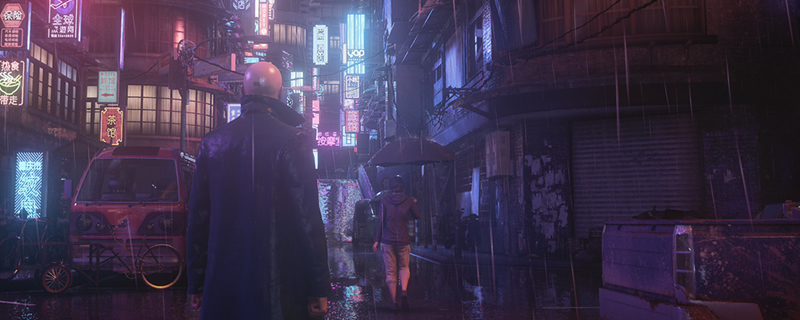Hitman 3 PC Performance Review and Optimisation Guide
ConclusionÂ
Hitman 3’s PC version is a joy to play, especially as a hardware analyst. While the game does not deliver be best visuals out there or there, or gameplay that’s remarkably different to its predecessors, it highlights undeniable progress for IO Interactive and their Glacier Engine on PC. Â
While IO Interactive still needs to address some lingering issues on PC, such as the ability for Hitman 2’s Steam owners to unlock the game’s missions for Hitman 3 on the Epic Games Store, it cannot be denied that Hitman 3 is a solid product for PC gamers. No longer do PC gamers need to suffer through some of Hitman 2’s performance issues, and neither do they need to suffer through the same CPU-related performance dips as before. Hitman 3 has us looking forward to IO Interactive’s future PC games, which we know includes a planned 007/James Bond game.Â
CPU-wise, we have already stated that Hitman 3 is a lot easier to run at high framerates than Hitman 2. If you have a relatively modern CPU with 6 or more cores, you will run into no real issues, though it is worth noting that the game’s Mendoza level contains areas which can be hugely CPU-limited. With our Ryzen 9 3950X, we could play most of the game at 100 FPS framerates with more than half of the CPU’s cores disabled, and that makes us very happy.Â
On the GPU front, Hitman 3 runs well on most modern PC hardware, with older GPUs like AMD’s RX 580 and Nvidia’s GTX 1060 offering average framerates of close to 60 FPS during our benchmarking scenes. A few lowered settings will have these GPUs hitting 60 FPS framerates throughout most of the game, making Hitman 3 60 FPS gameplay incredibly accessible.Â
In the high-end, today’s graphics cards also can have a good shot at 4K 60 FPS, with GPUs like Nvidia’s RTX 2080 Ti, RTX 3070 and AMD’s RX 6800 delivering 60 FPS gameplay at maxed-out settings on most occasions. Higher-end GPUs like the RTX 3080 and RX 6800 XT will do this throughout practically the entire game, and deliver higher average framerates for those with VRR displays that can handle it. With Hitman 3, owners of 4K 120Hz VRR screens will be able to enjoy some ultra-smooth Hitman action. While Hitman 3’s gameplay doesn’t really benefit from ultra-high refresh rates, who wouldn’t want to see Agent 47’s head in such crisp screens?Â
 Â
If you want some quick optimisation tips, our advice is to start by lowering Hitman 3’s Ambient Occlusion, Shadow quality and SSR settings to high or Medium. In our testing, we never saw VRAM usage above 6GB, which means that most PC gamers should keep the game’s texture settings at Ultra. Simulation Quality should be kept at Best for most PC configurations, as the setting has little impact on game performance in most scenes.Â
When it comes to additional features like Variable Rate Shading, those with GPUs that support the feature will see a small framerate boost when this feature is set to quality mode. You will be hard-pressed to notice any image quality difference on most occasions, assuming you don’t make side-by-side settings comparisons for a living. Using VRS’s performance mode will result in a larger performance boost and a larger, more noticeable, quality loss. For supported hardware, we recommend setting VRS to quality mode. The performance gains are largely scene-dependant, but any performance boost is a good performance boost when image quality isn’t noticeably lowered. Â
You can join the discussion on Hitman 3’s PC performance and how to optimise the game’s performance on the OC3D Forums.Â



